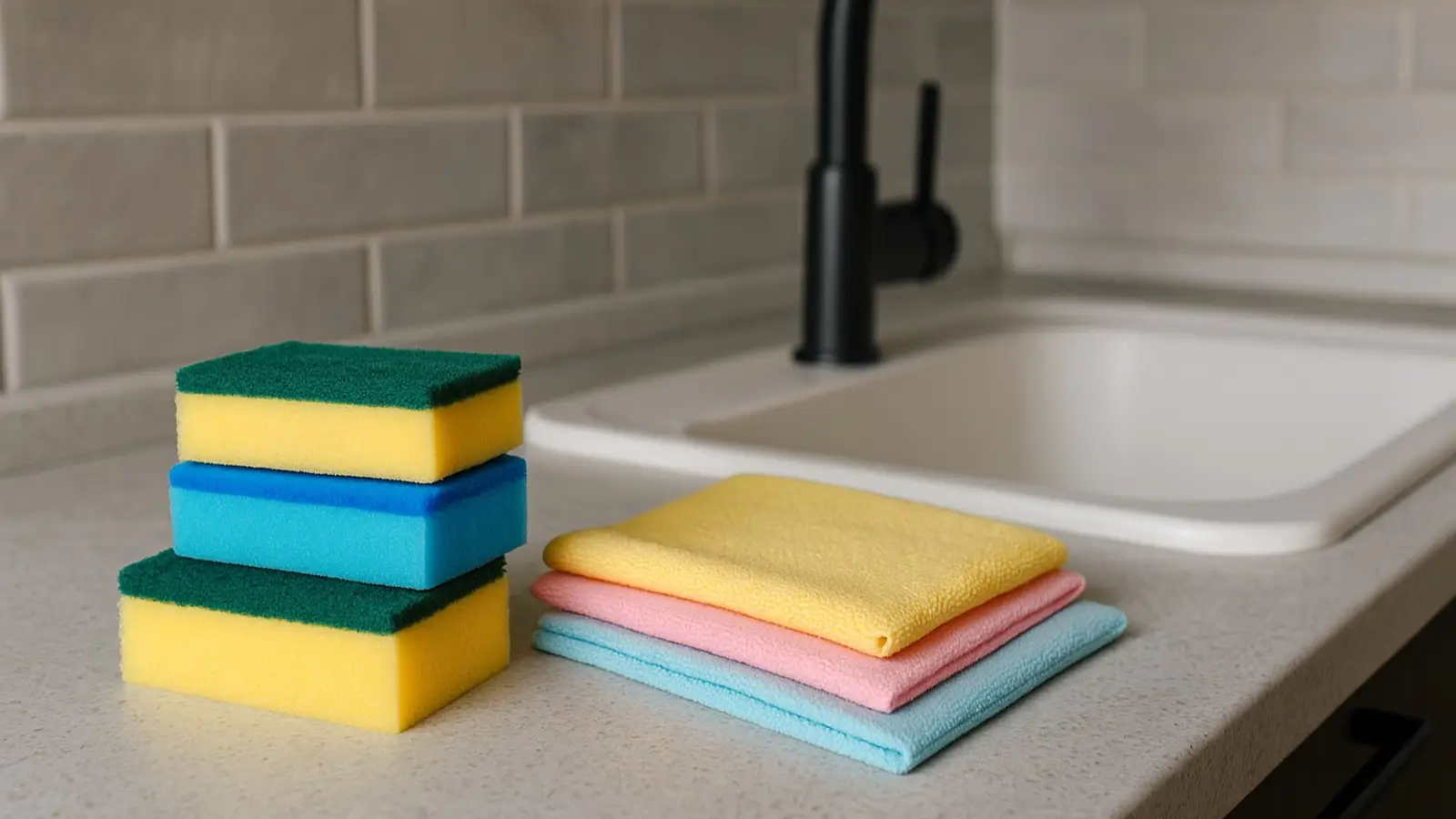How to Naturally Clean the Dirtiest Spots in Your Home
Discover natural, safe methods to disinfect phones, kitchen handles, sponges, and bathroom areas. Keep your home fresh and germ-free without harsh chemicals.

Generated by Dall-e
The Hidden Hotspots of Household Germs
It may come as a surprise, but the dirtiest places at home are not the floors or even the sink. The real hotspots for germs are the objects and surfaces we touch dozens of times each day.
The good news: keeping them clean doesn’t require harsh chemicals. Gentle, natural methods are enough to keep bacteria at bay—safe for your skin, your lungs, and your home.
Phones and Gadgets
Our phones rarely leave our hands, and with that constant contact they collect everything—skin oils, food particles, street dust, and microbes.
The simplest solution is to use screen-cleaning wipes. Twice or thrice a week is sufficient, but during cold and flu season, it’s worth making it a daily habit.
Kitchen Handles and Buttons
Fridge doors, stove knobs, microwave buttons, and kettle handles are touched countless times—often after handling raw meat or flour. Unsurprisingly, they quickly accumulate grease and bacteria.
A safe and effective cleaning spray can be made at home:
- 1 cup of warm water
- 1 tablespoon of baking soda
- Juice from a quarter of a lemon or 5 drops of lemon essential oil
Wipe down the surfaces with a soft cloth, ideally in the evening as part of your kitchen routine.
Sponges and Cleaning Cloths
Ironically, the very tools meant to clean often become bacterial breeding grounds. Damp sponges create the perfect warm environment for microbes.
What helps:
- Rinse with boiling water after each use
- Soak in a vinegar-and-water solution for 10–15 minutes
- Replace every 3–5 days
Alternatively, switch to reusable microfiber or cotton cloths, which can be machine-washed at high temperatures.
Door Handles and Light Switches
Handles and switches are touched repeatedly but rarely cleaned.
A simple disinfectant is enough: a 70% alcohol solution or even plain vodka. Wipe them once a week, and more often when colds are going around.
Bathroom and Toilet: Overlooked Zones
People usually focus on toilets and sinks, yet germs thrive in less obvious places: drains, toilet brush holders, flush buttons, and tank handles.
Natural cleaning methods work well here too:
- Baking soda mixed with vinegar, left for 10 minutes
- Citric acid for limescale
- Tea tree or eucalyptus essential oils for freshness and antibacterial effect
A weekly wipe-down is sufficient.
A Mini Spray for Everyday «Micro-Cleaning»
Keeping a home germ-free doesn’t always mean a big cleaning day. A small natural spray can handle everyday touch-ups:
- 200 ml of water
- 1 tablespoon of vinegar or lemon juice
- 5 drops of essential oil (lavender, tea tree, eucalyptus)
Use it to quickly wipe down one or two surfaces a day—handles today, the phone tomorrow, the drain the next.
Final Note
A clean home is not about strict rules or constant scrubbing—it’s about small, mindful habits. By adding these simple routines, you create a space that feels fresh, safe, and welcoming.
